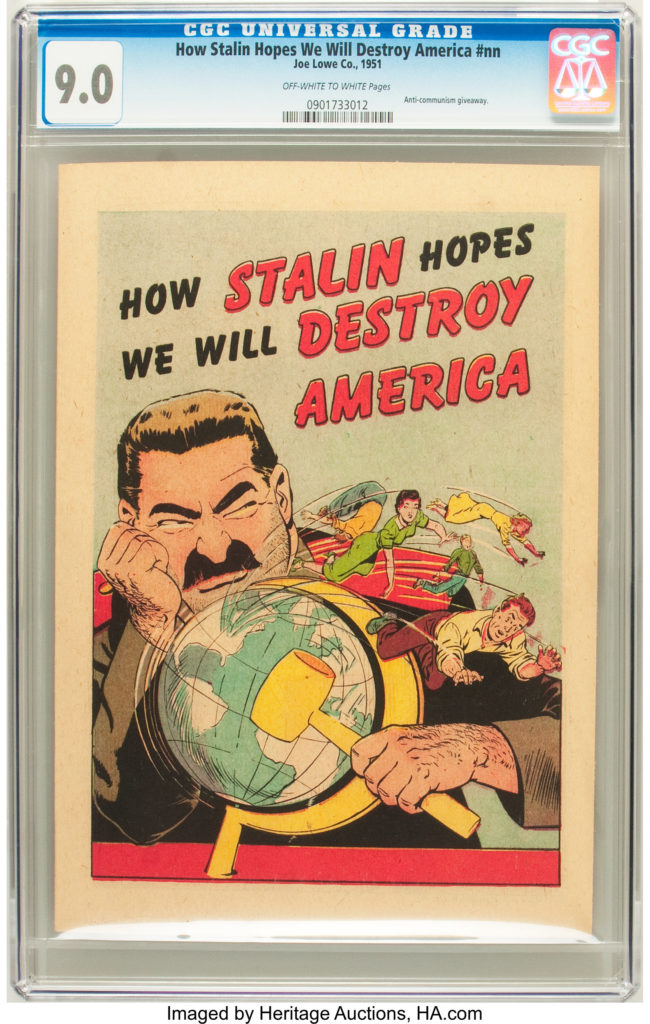
By Jim O’Neal
It is (almost) painful to watch otherwise bright and eloquent activists attempt to explain the basic tenets underpinning their infatuation with democratic-socialism. Even a casual reading of 20th century history should be more than enough to convince the naive of its fatal flaws. I sometimes wonder if philosopher George Santayana was anticipating this situation and trying to find a kind, diplomatic way to explain that “Those who cannot remember the past are condemned to repeat it.”
Yet socialism is back with a presidential election on the horizon (will Bernie Sanders run?) and another generation thirsty for change. The old warhorses of populism and capitalism will do battle again as advocates field their best warriors to convince others. My only hope is that we don’t have to repeat the tired, discredited concepts of Marxism, Leninism and communism that co-mingled with early 20th century socialism.
It is far too easy to pick from any number of fuzzy thinkers to make a compelling case to indict and convict them of naïveté, or to find a country in the Western Hemisphere that is disintegrating in front of our eyes (e.g. Venezuela). A bit more challenging is to link two historic names, familiar to all, who went from bad to disastrous.
Throughout the 20th century, renowned historians debated whether Vladimir Lenin’s successor – Joseph Stalin – was his rightful heir or simply an opportunistic usurper. After the collapse of the USSR in 1991, they finally had their answer. Evidence that had been locked away for decades in secret files eliminated any lingering doubts. The two dictators were like evil twins, starting with Lenin’s obsession to shoot, hang or destroy anyone who resisted the Bolsheviks agenda. The world’s experts agreed that Lenin spawned Joseph Stalin.
Lenin was born into a life of luxury, a normal child with a curiosity satisfied by reading. That phase of his life changed dramatically when his brother was hanged in 1887 after involvement in a plan to kill Czar Alexander III. Perhaps even worse was the family ostracism from polite society. Later, he would write, “The bourgeois will always be cowards and traitors.” He then dedicated his life to destroying the czarist system and its members.
Withdrawn and intensely focused, Lenin developed a maniacal passion for revolution that drove him to the brink of a nervous breakdown even after being exiled in Western Europe. He was a ruthless debater with the familiar “win at any cost” strategy that radicals invariably adopt. One of the Mensheviks summed it up nicely: “I hope there is no afterlife. Can you imagine arguing with Lenin after death? And then thereafter listening to his gutter abuse?”
From the moment of the Bolshevik coup in October 1917, he crushed any threat to his party’s hold on power, eliminating political parties, jailing opponents and unleashing terror using the political police.
In the aftermath of Lenin’s death in January 1924, Joseph Stalin – Secretary General of the Communist Party – emerged as the outright leader of the Soviet Union. Impatient with dictatorship, Stalin set out to forge a despotism in mass bloodshed. It included the forced collectivization of Soviet agriculture, the linchpin of the first five-year plan. He set draconian quotas for the confiscation of “surplus” food and violently repressed those he then exterminated. The consequent famine killed more than 5 million in Ukraine, Kazakhstan and the Northern Caucasus.
It is estimated that he was responsible for 50 million deaths. The rest of the story is available through dozens of books that chronicle his “Reign of Terror.”
To the well-intentioned, this is the road to socialism and then worse. It is an oft-traveled route that will ensure destruction of the many good things we enjoy. Travel at your own peril.
 Intelligent Collector blogger JIM O’NEAL is an avid collector and history buff. He is president and CEO of Frito-Lay International [retired] and earlier served as chair and CEO of PepsiCo Restaurants International [KFC Pizza Hut and Taco Bell].
Intelligent Collector blogger JIM O’NEAL is an avid collector and history buff. He is president and CEO of Frito-Lay International [retired] and earlier served as chair and CEO of PepsiCo Restaurants International [KFC Pizza Hut and Taco Bell].
